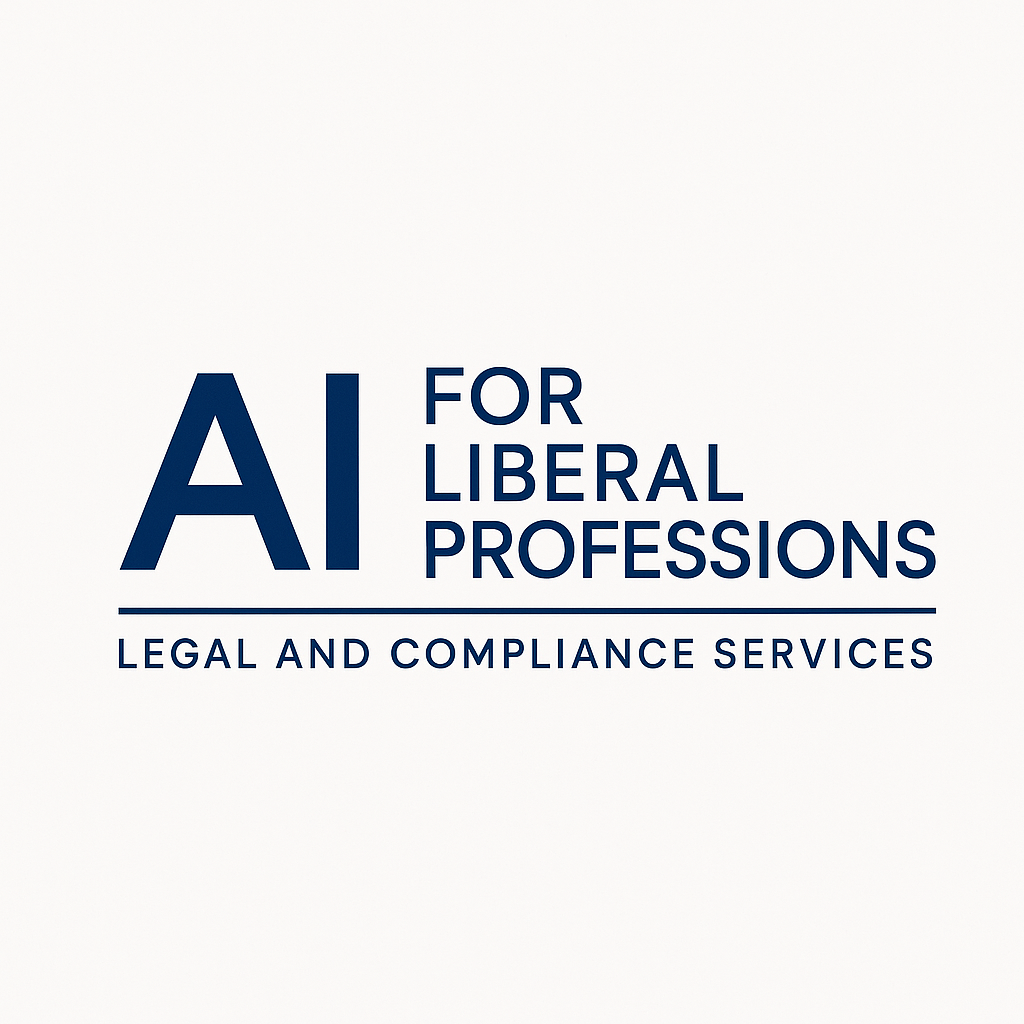AI-VIALP : a new method for liberal professions compliance
1. Context Definition and Risk Mapping
Identify the specific activities involving AI within the liberal profession, assess their purpose, scope, and link to professional duties and values. Map associated ethical, legal, and technical risks.
Identify the specific activities involving AI within the liberal profession, assess their purpose, scope, and link to professional duties and values. Map associated ethical, legal, and technical risks.
2. Stakeholder and Impact Identification
Determine who may be directly or indirectly affected (clients, patients, colleagues, authorities). Anticipate foreseeable impacts in light of the professional’s duties, rights, and social function.
Determine who may be directly or indirectly affected (clients, patients, colleagues, authorities). Anticipate foreseeable impacts in light of the professional’s duties, rights, and social function.
3. Legal and Ethical Framework Review
Analyse applicable legal norms (e.g., GDPR, AI Act, professional codes of conduct) and ethical principles. Highlight areas of uncertainty or possible tension.
Analyse applicable legal norms (e.g., GDPR, AI Act, professional codes of conduct) and ethical principles. Highlight areas of uncertainty or possible tension.
4. Impact Assessment and Mitigation Design
Evaluate the risks and challenges raised by the AI application. Propose safeguards, accountability measures, and mitigation strategies aligned with the liberal profession’s values.
Evaluate the risks and challenges raised by the AI application. Propose safeguards, accountability measures, and mitigation strategies aligned with the liberal profession’s values.
5. Decision-Making and Validation
Decide whether and under what conditions the AI system can be used. Ensure the conclusion is consistent with the legal review, mitigation strategies, and professional responsibility.
Decide whether and under what conditions the AI system can be used. Ensure the conclusion is consistent with the legal review, mitigation strategies, and professional responsibility.
6. Documentation and Retention
Prepare a detailed report that explains the reasoning behind each step. Securely retain the report to demonstrate due diligence in case of audit, client dispute, or regulatory scrutiny.
Prepare a detailed report that explains the reasoning behind each step. Securely retain the report to demonstrate due diligence in case of audit, client dispute, or regulatory scrutiny.
7. Review and Continuous Improvement
Establish a plan to periodically revisit the assessment, especially in light of changes to the system, the law, or the professional context. Promote a culture of responsibility and adaptability.
Establish a plan to periodically revisit the assessment, especially in light of changes to the system, the law, or the professional context. Promote a culture of responsibility and adaptability.
